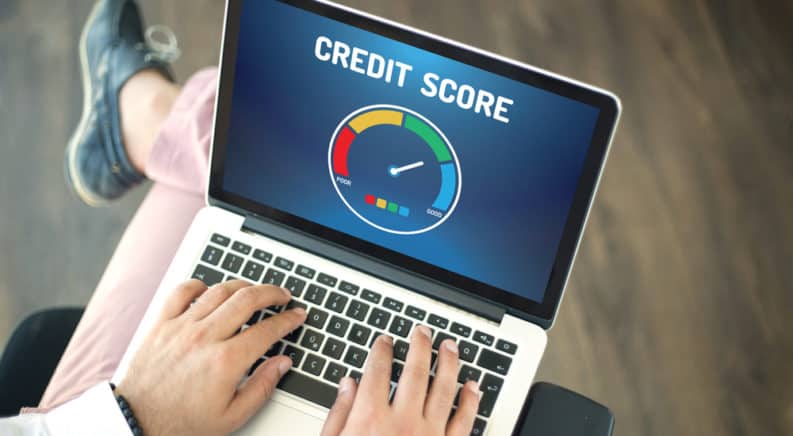With 2017 finally here, it’s time to reflect. Not on the holiday season that was full of stress, joy, and mixed feelings about the well-being of any pain-in-the-ass relatives that came to visit. I’m talking about credit scores, and what the beginning of 2017 is going to look like for car buyers. With the year coming to a close, there is plenty of juicy data just waiting to be probed, studied, and organized. For now, we’ll base the numbers off the closing third quarter in 2016. Since lenders use your credit score to determine the rate on your loan — or whether you’ll get a loan at all — it would benefit you greatly to read the information I’m about to provide you. That way, you can get a sense of what the shopping scene will look like in the beginning of 2017, if you wish to buy a car.
Keep in mind, there is no exact model to follow when it comes to credit scores and car loans. It will always vary slightly from lender to lender, some being more lenient, and some set on stricter requirements. But, getting a ballpark estimate is still a good idea.
General Statistics
The average loan amount for a new vehicle in the third quarter of 2016 was $30,022. This is nearly a four-percent jump year-over-year. That data is provided by Experian, along with the average loan amount for a used car — which was $19,227, which is a two-percent increase compared to the same time last year.
On a more terrifying concept, the average car loan hit 68 months for new, and 66 months for used, accruing all sorts of unnecessary interest. You should always try and make the largest down payment possible. Where the hell did the “no less than 20% down on a car purchase” rule go? Why do people think it’s a good idea to have longer loan terms, instead of shorter loan terms?
But, I digress. Let’s take a look at some credit score data.
Credit Scores for a New and Used Car
In the third quarter of 2016, the average credit score of borrowers who received financing for a new car was 714, with 655 reported for used. Quite the gap, huh?
Don’t fret though! If your credit score doesn’t hit the average mark, you’ll still be able to get a loan for a car in 2017. Like I said, some places are more lax, and others are more strict. Shop around and see what you can find.
So, while the scores of 714/655 might not necessarily be the end-all, be-all scores for car borrowing, they do provide good estimates to start from…
What This Means for Your Interest Rate
What does this mean for your interest rate? I’ll break it down for you. Experian uses a credit score scale of 300 to 850. The lower the score, the higher your interest rate.
Super Prime: 781 to 850 – New car: 2.6%. Used car: 3.4%.
Prime: 661 to 780 – New car: 3.59%. Used car: 5.12%
Nonprime: 601 to 660 – New car: 6.39%. Used car: 9.47%
Subprime: 501 to 600 – New car: 10.65%. Used car: 15.72%
Deep Subprime: 300 to 500 – New car: 13.53% Used car: 18.98%
As you can see, even those in the deep subprime category were able to buy a car.
Regardless, arming yourself with your approximate credit score, and learning what your interest rate might be, are great ways to prepare for a car purchase. That way, you can financially map out what you can and can’t afford, and set realistic credit goals for yourself.




